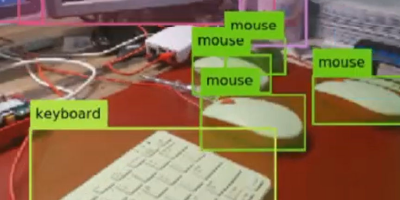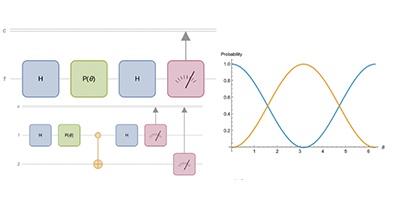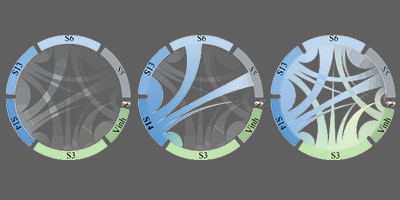From Plant Roots to Deep Space Wolfram Community Computational Explorations

For the past few months, Wolfram Community members have shared their computational explorations on topics ranging from computational art and games to original, published research. I’ll comment here on just a few of their many interesting examples. Please feel free to share your ideas with us at Wolfram Community, and let’s explore the world computationally.
Designing and Building the World’s Largest (Amateur) Electromagnet »
Robert Mendelsohn

Wolfram Research product manager Robert Mendelsohn used the Wolfram Language to explore thousands of different designs for an electromagnet to identify the best option. His post is supplemented with interesting photos and tips for building an actual electromagnet.
Schmidt Arrangements: Moebius Transformation Application »
Christophe Favergeon

Christophe Favergeon, a digital signal processing and machine learning expert, showed how to create a collection of beautiful geometric pictures using Schmidt arrangements. He later turned his exploration into the SchmidtArrangements function in the Wolfram Function Repository.
A Miracle Sudoku Discovery: Duplicate Bridge »
Ed Pegg

Ed Pegg, a mathematician and Wolfram consultant, created a puzzle that is like sudoku to the next level. For example, digits cannot repeat along diagonals except when they appear on an arrow. In that case, they must repeat, but only in the cell indicated by the arrow and digit. You can also play the game online.
Computational Origami »
Tetsuo Ida

Tetsuo Ida, a computer scientist and author of An Introduction to Computational Origami, summarized his book and discussed the basis of computational origami from a symbolic and algebraic point of view. He uses many origami illustrations to help readers appreciate this discipline’s essence. You can use the Eos Project package for Mathematica to explore origami computationally.
The Exploitative Segregation of Plant Roots »
Ricardo Martinez Garcia

Ricardo Martinez Garcia, a biological physicist at the ICTP South American Institute for Fundamental Research, provided a computational version of his recent paper, “The Exploitative Segregation of Plant Roots.” He and his coauthors developed a model to investigate how plants foraging soil resources respond to competition with other plants. They used game theory to quantify plant responses to competition and explicit soil space.
Deep Fields: Pixel Sorting Hubble Images of Deep Space »
Jack Madden

Jack Madden, a graduate student at the Carl Sagan Institute, developed a pixel sorter to study Hubble Deep Field images. It sorts the pixels by brightness, so the final image uses the same pixels as the original without any edits. The interstitial spaces in this image represent lines of sight going almost to the edge of the visible universe.
Join Wolfram Community
If you find these projects interesting but haven’t joined Wolfram Community, there’s no time like now! Work with a wide array of tools and code that use the Wolfram Language, submit your own computational explorations and check out the complete list of Staff Picks.
| Get full access to the latest Wolfram Language functionality with a Mathematica 12.3 or Wolfram|One trial. |



Comments